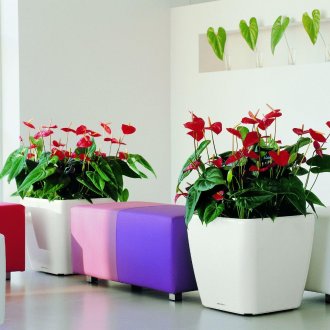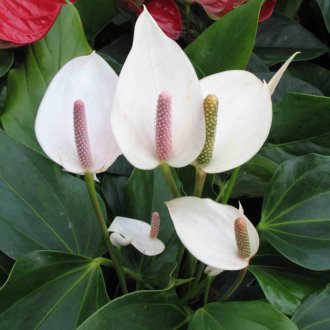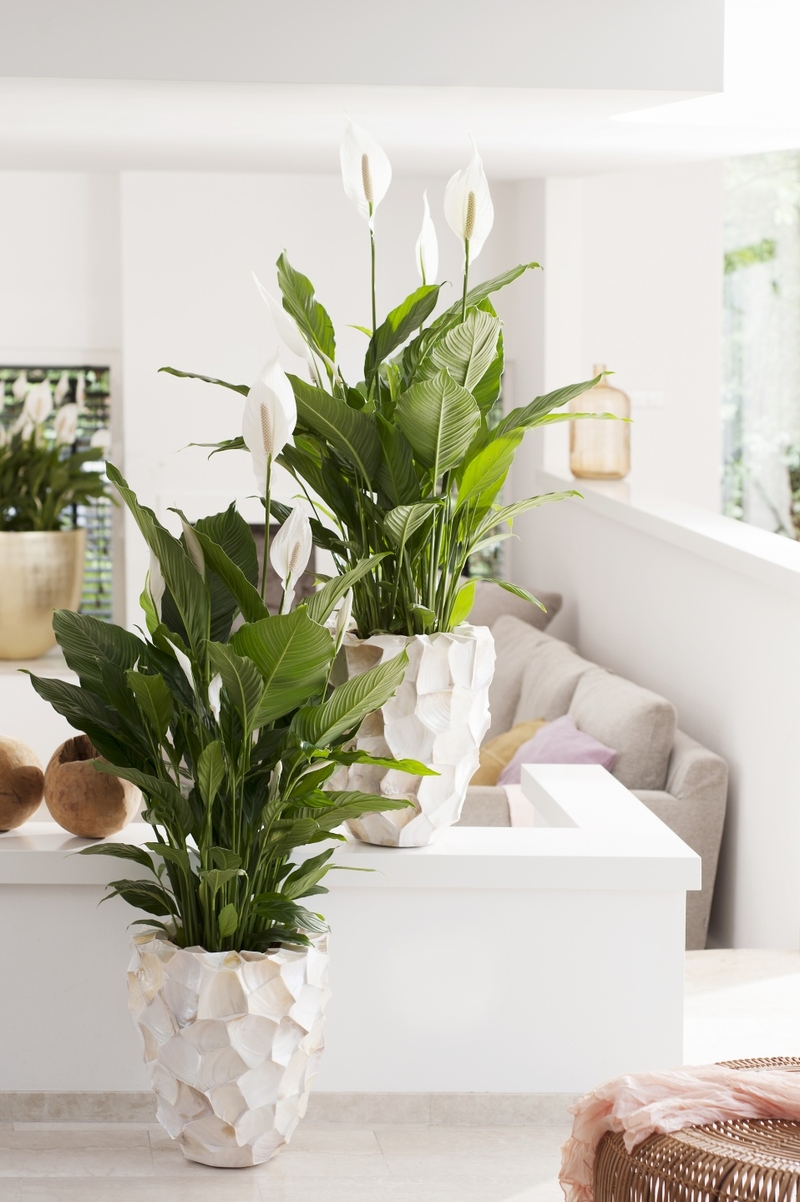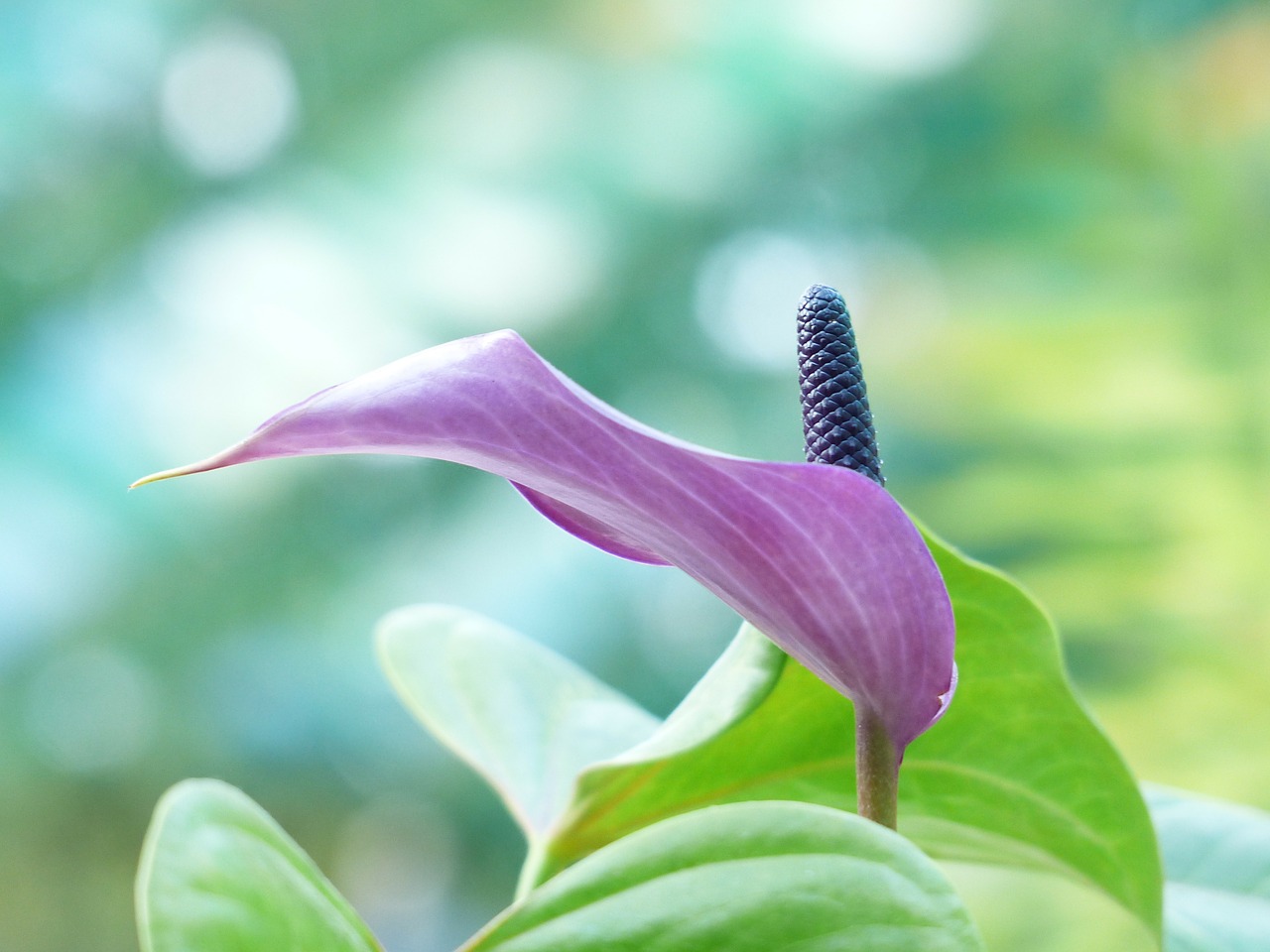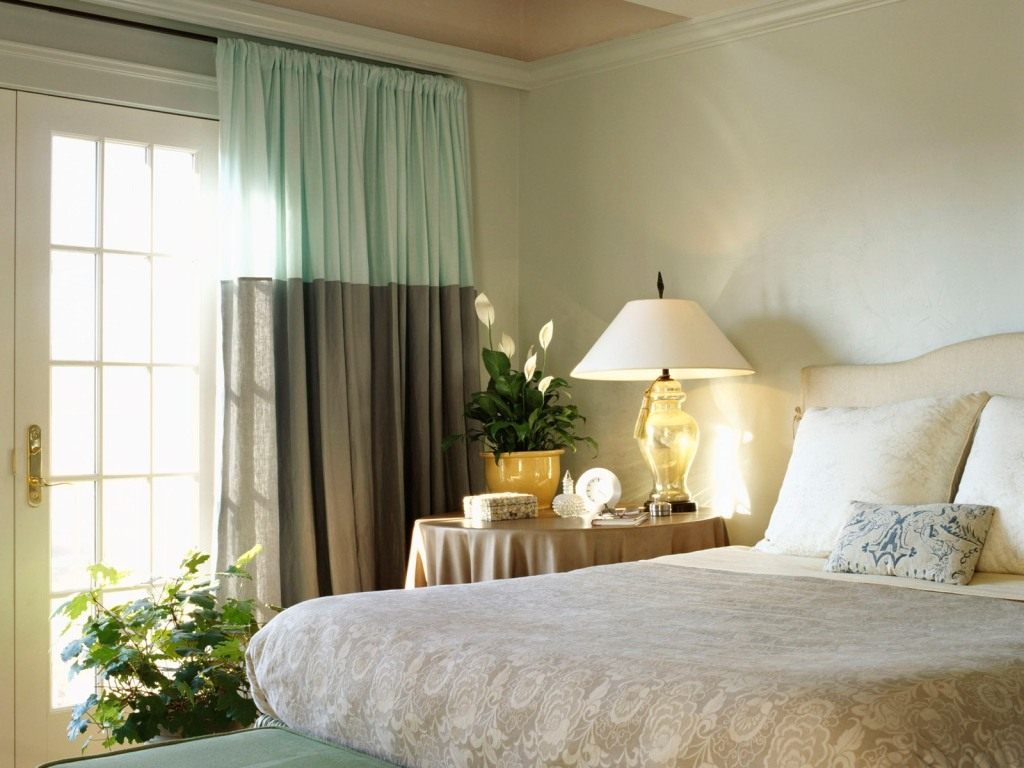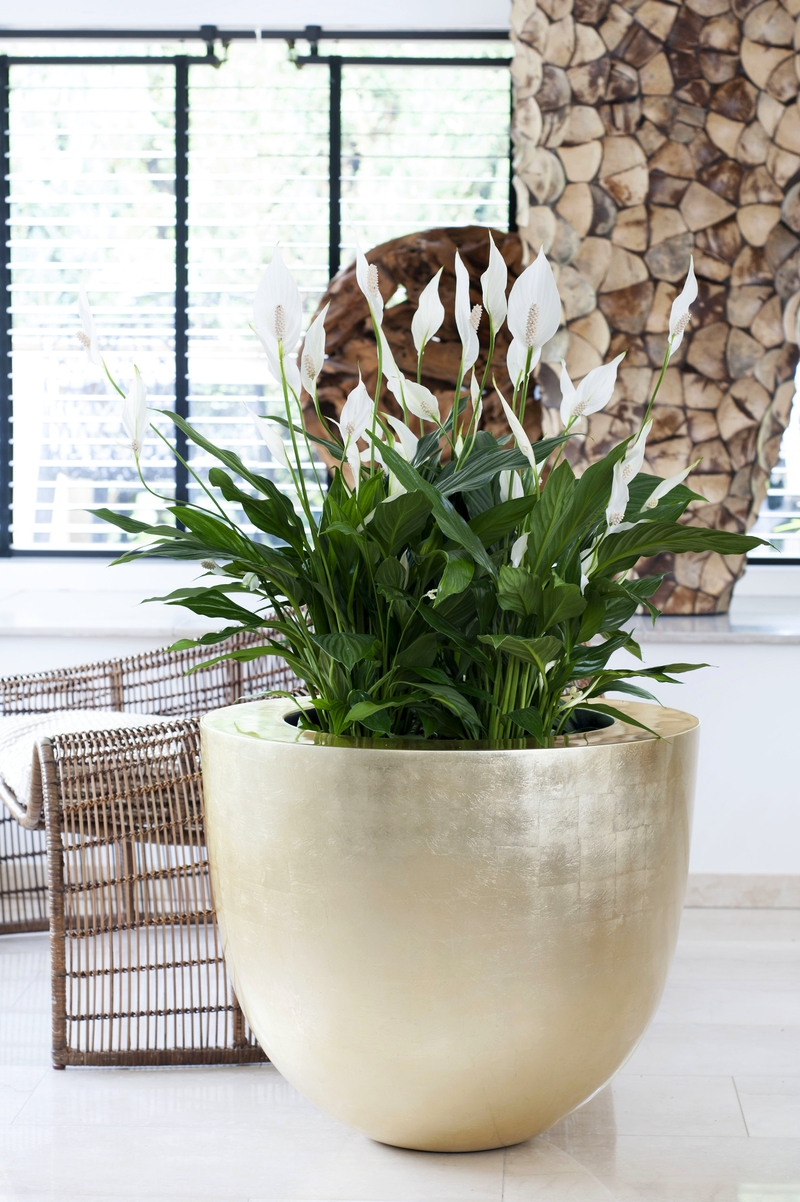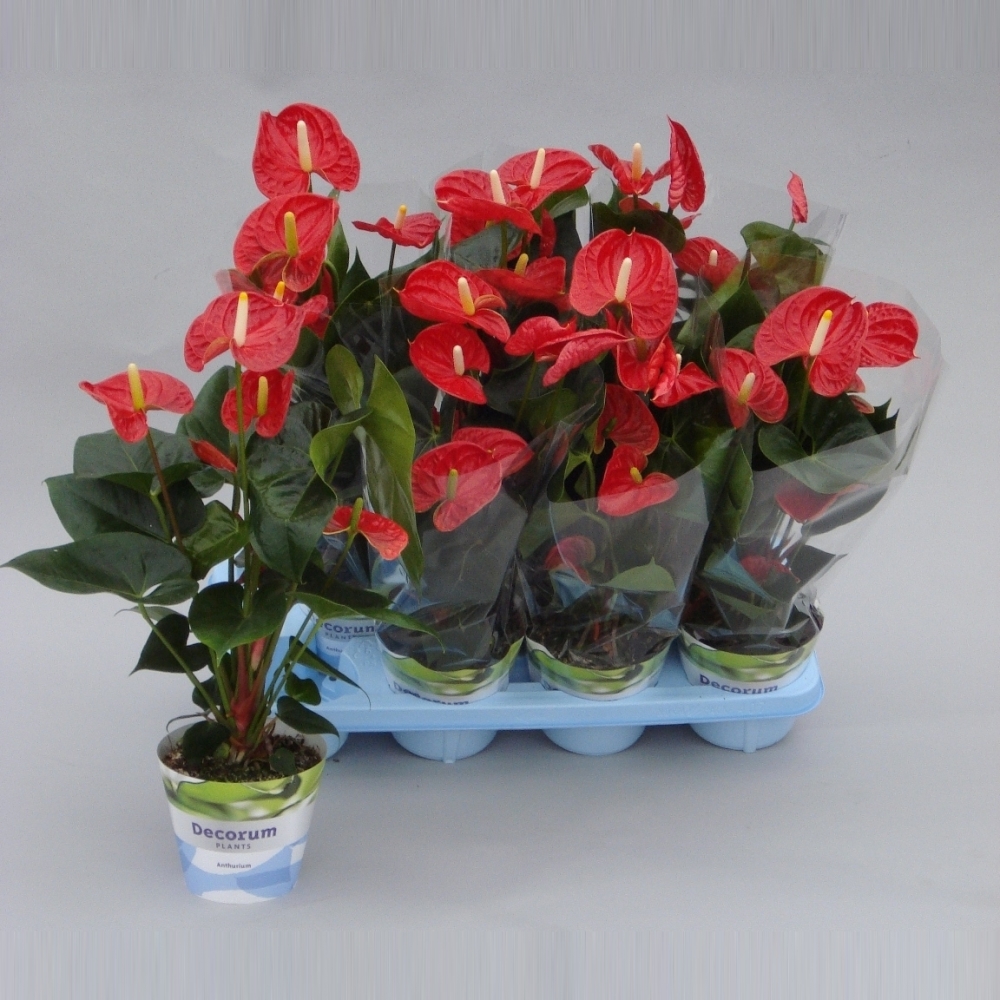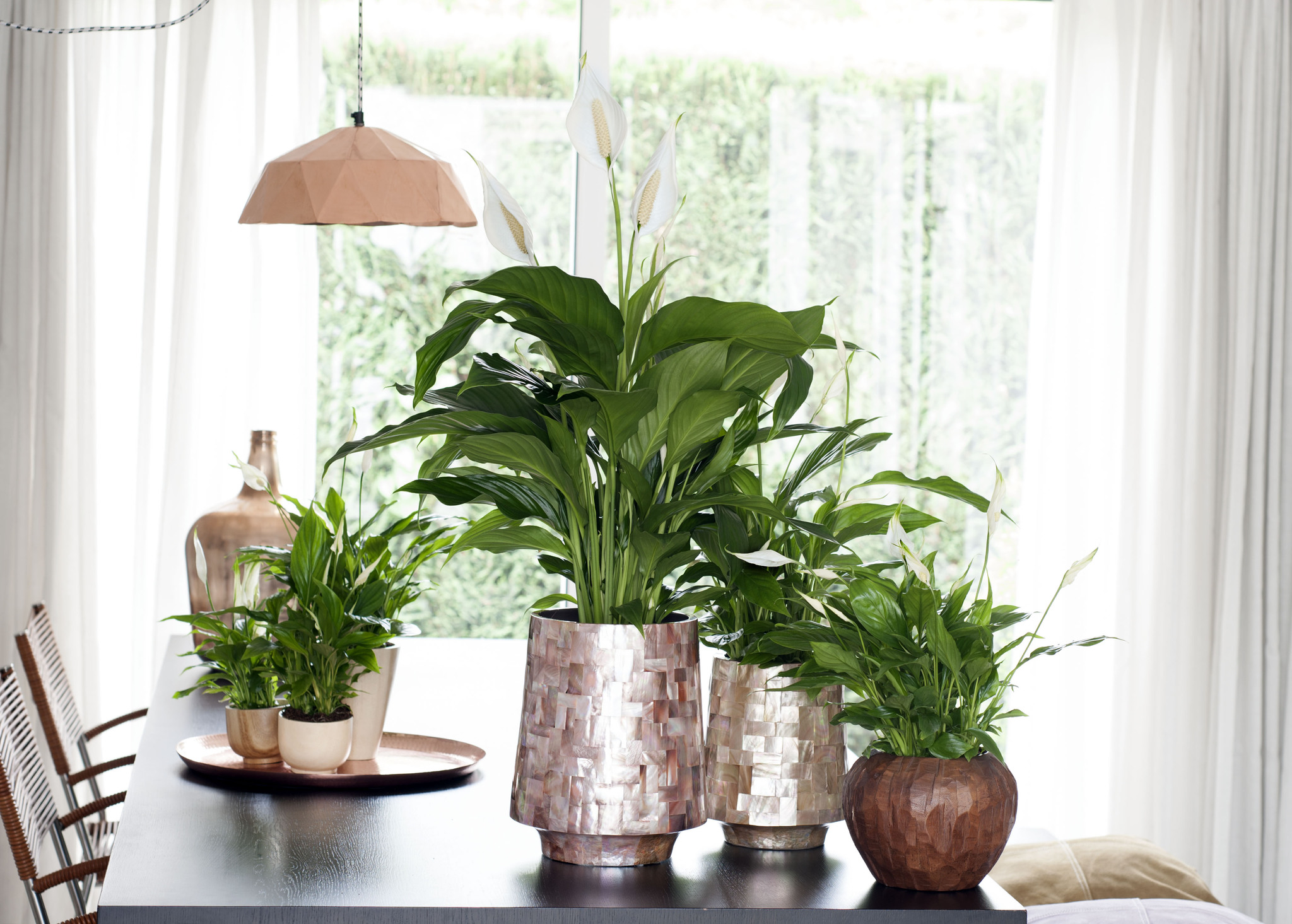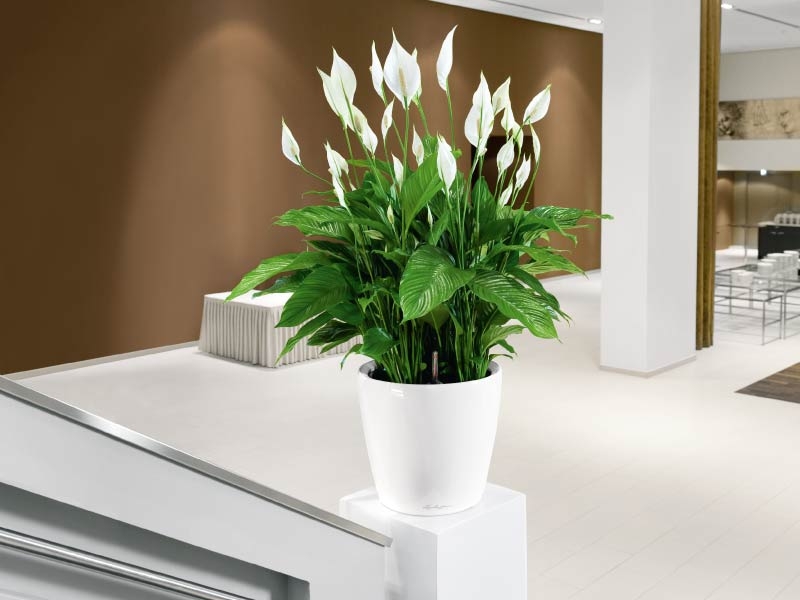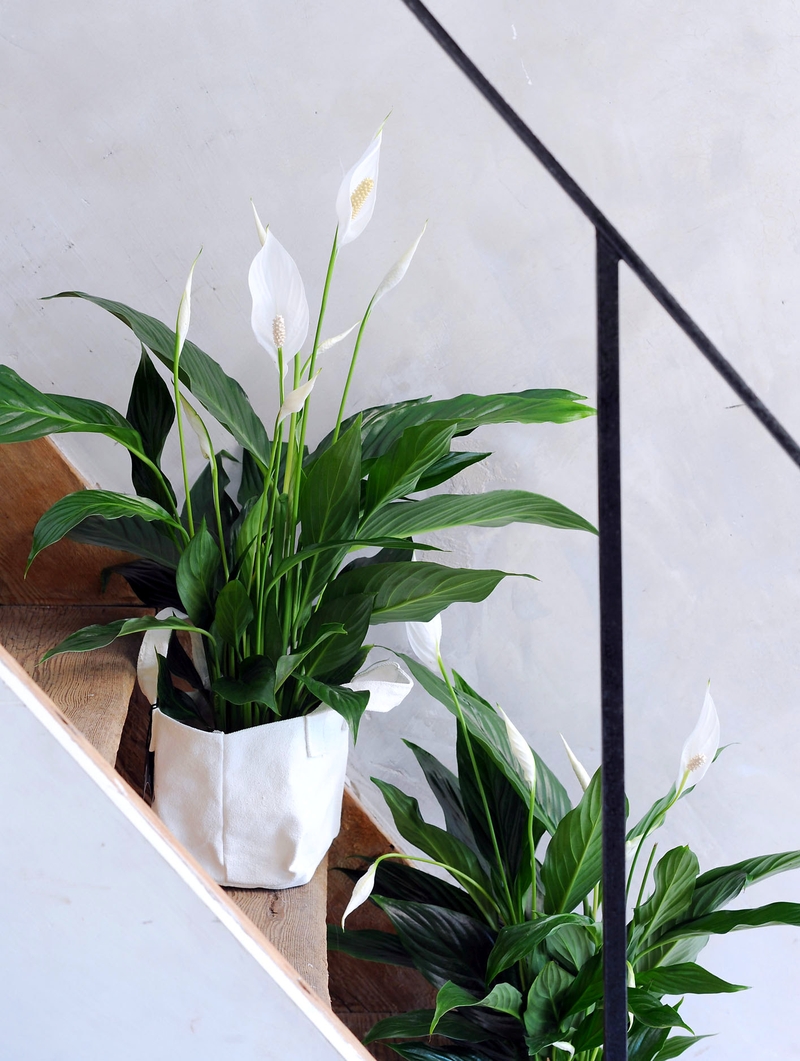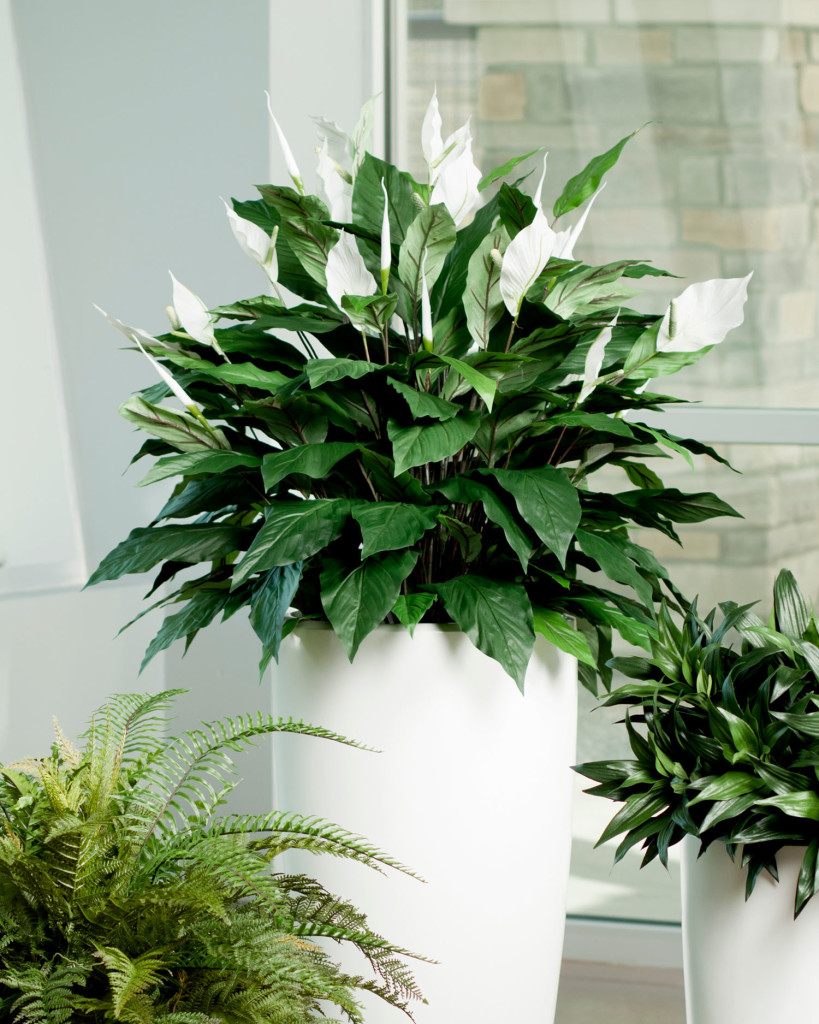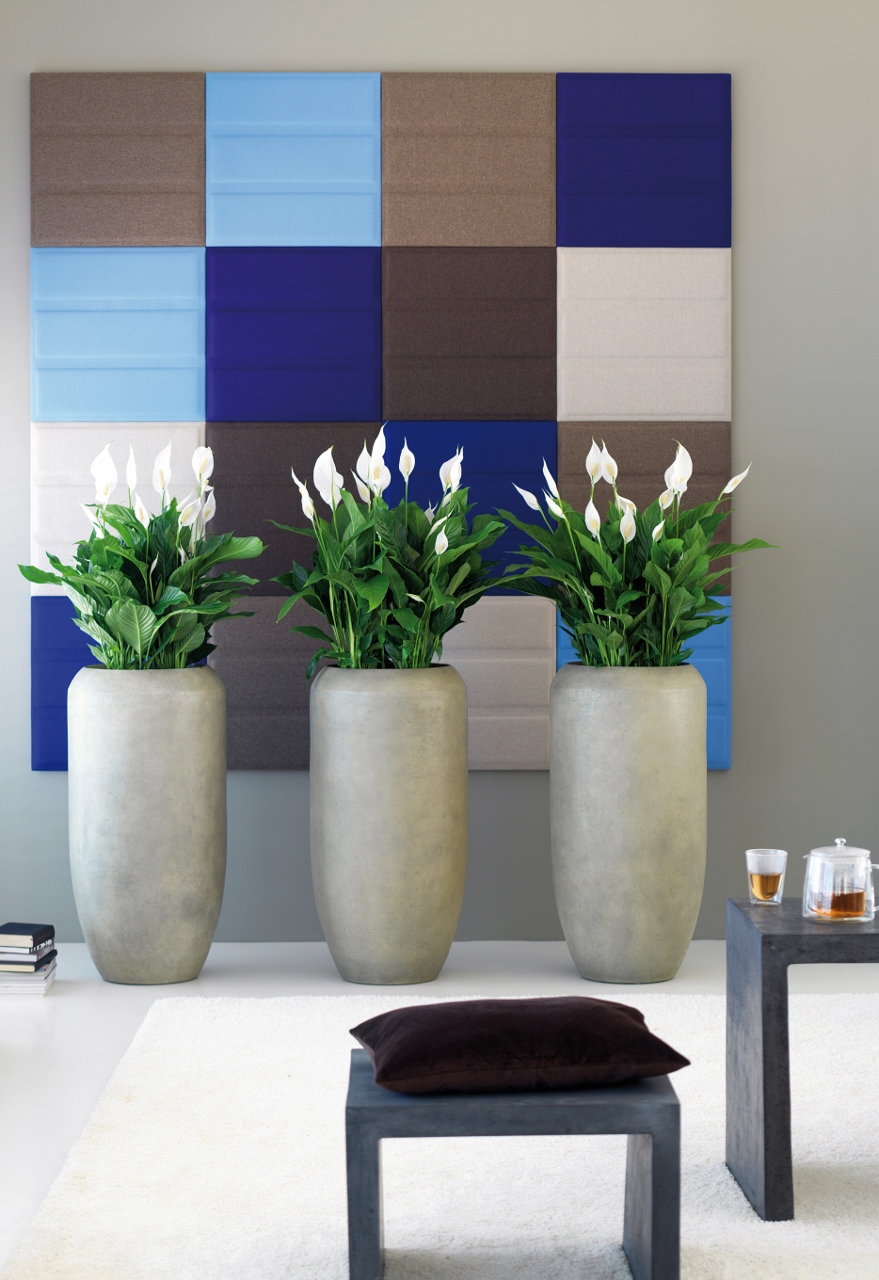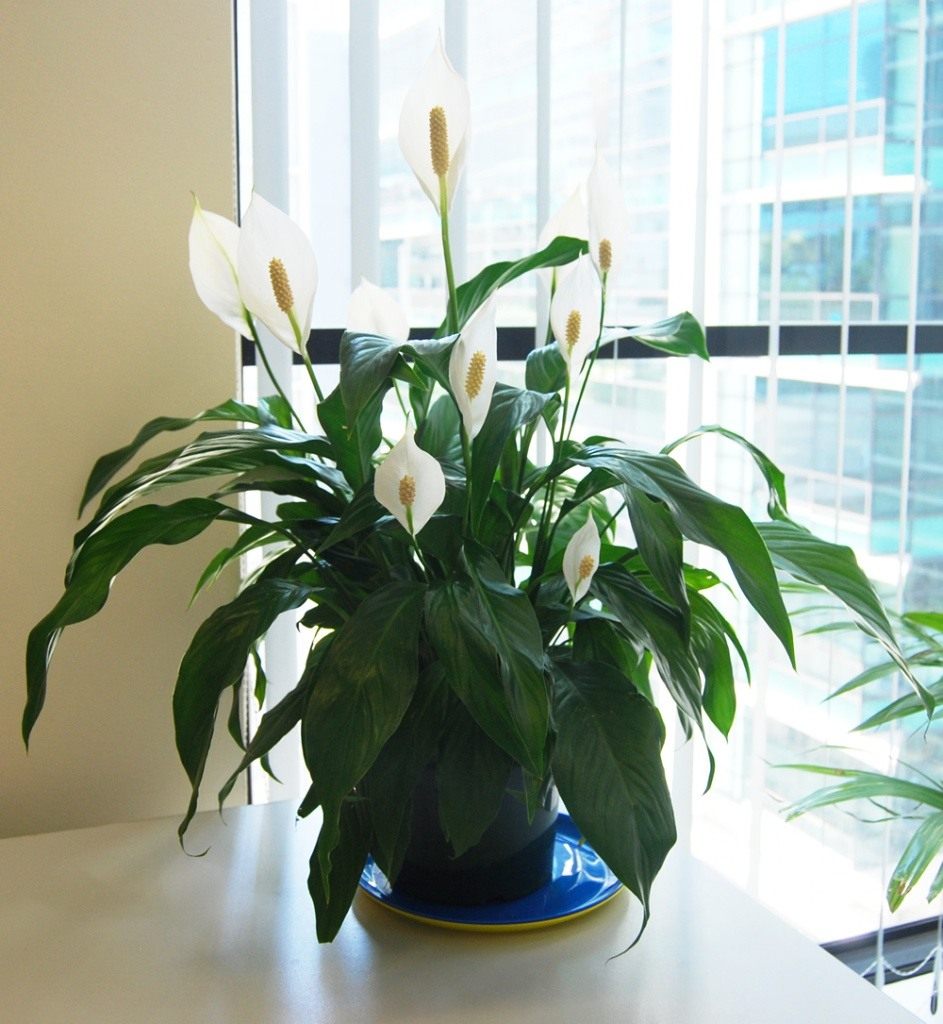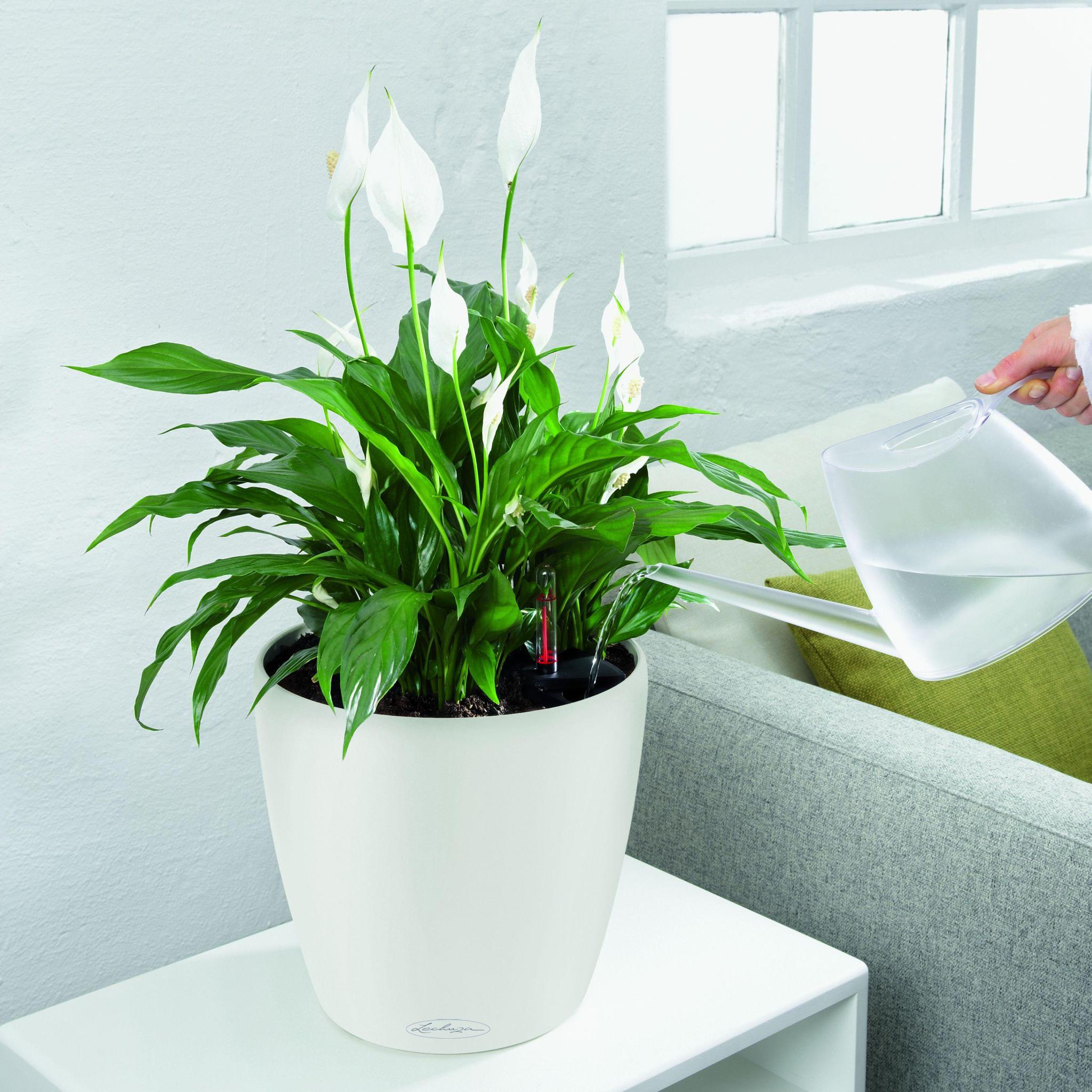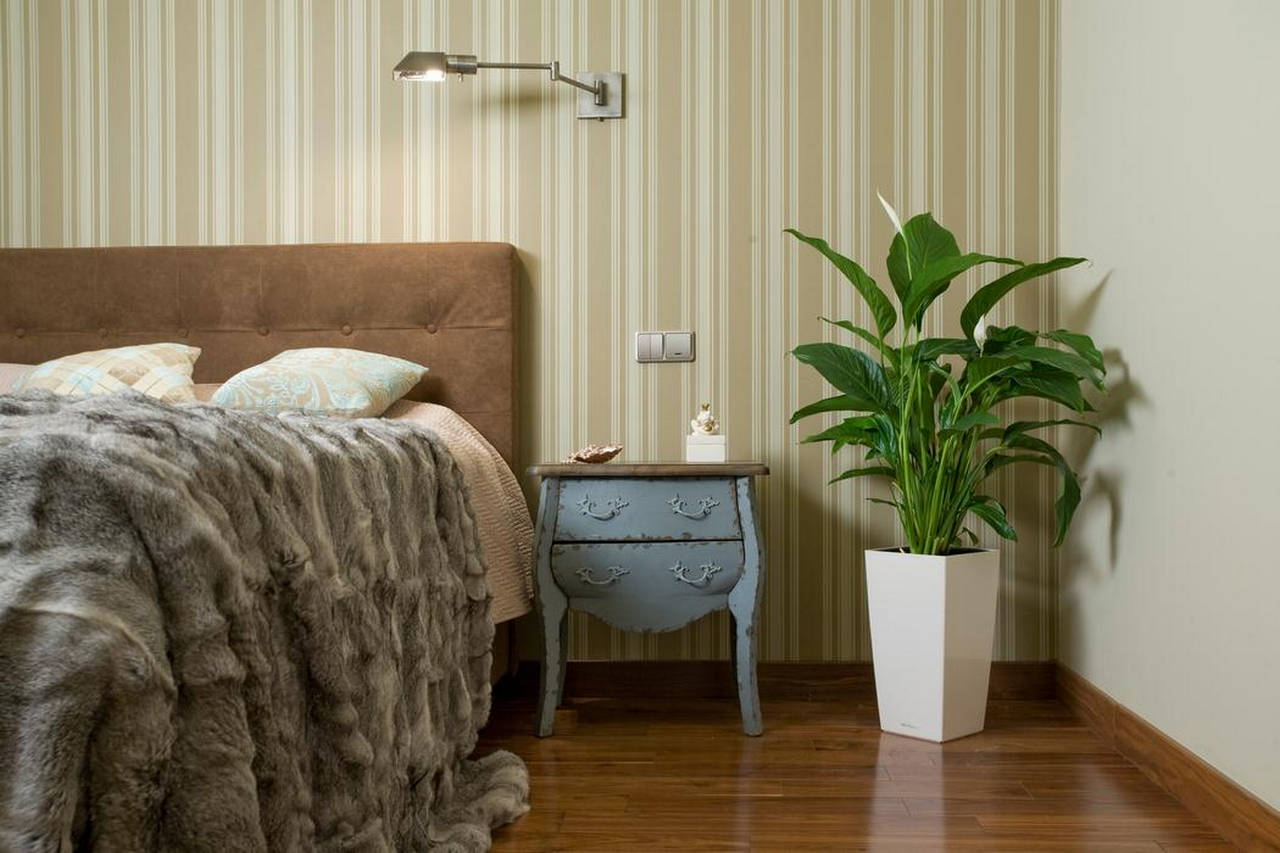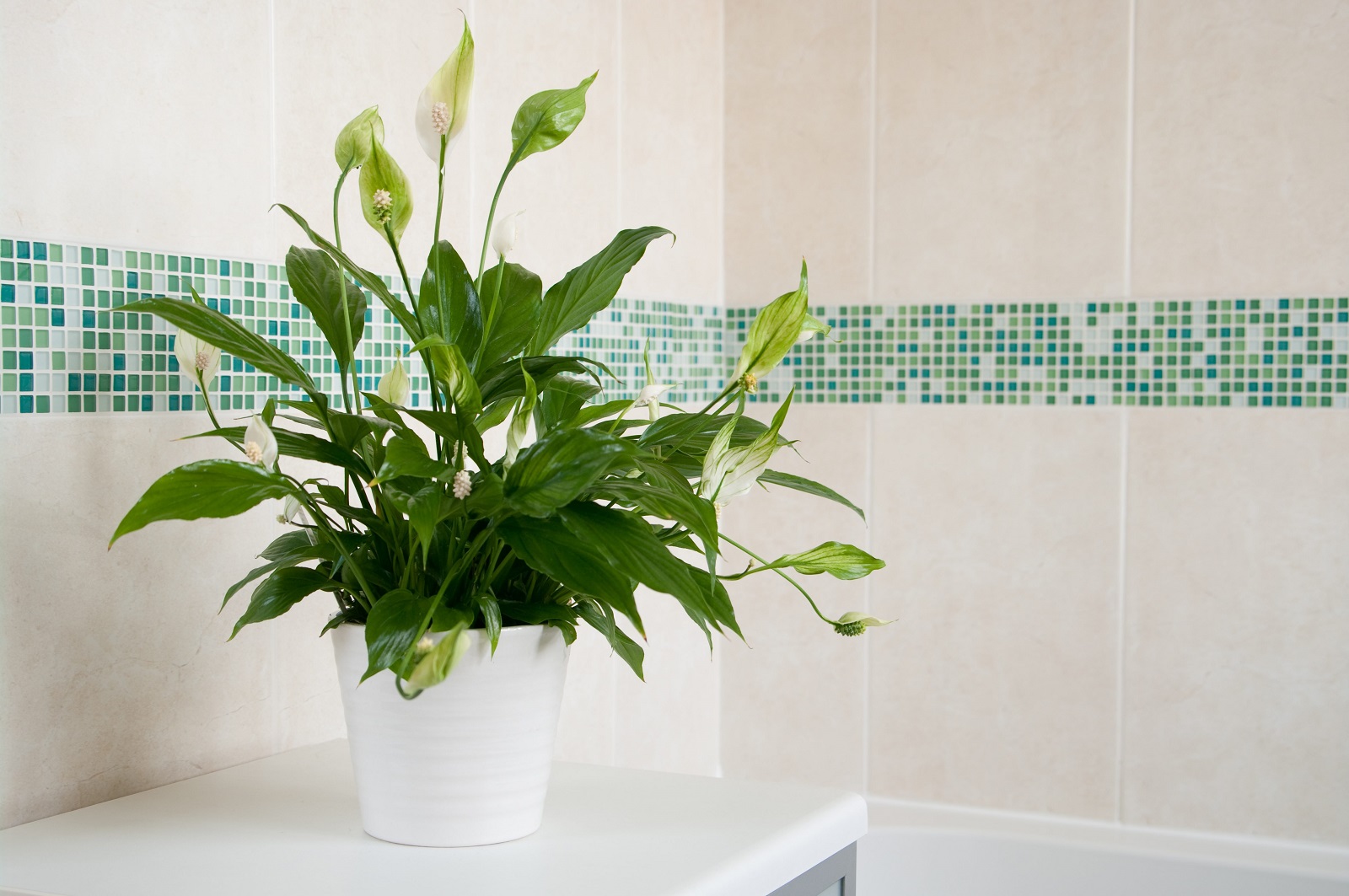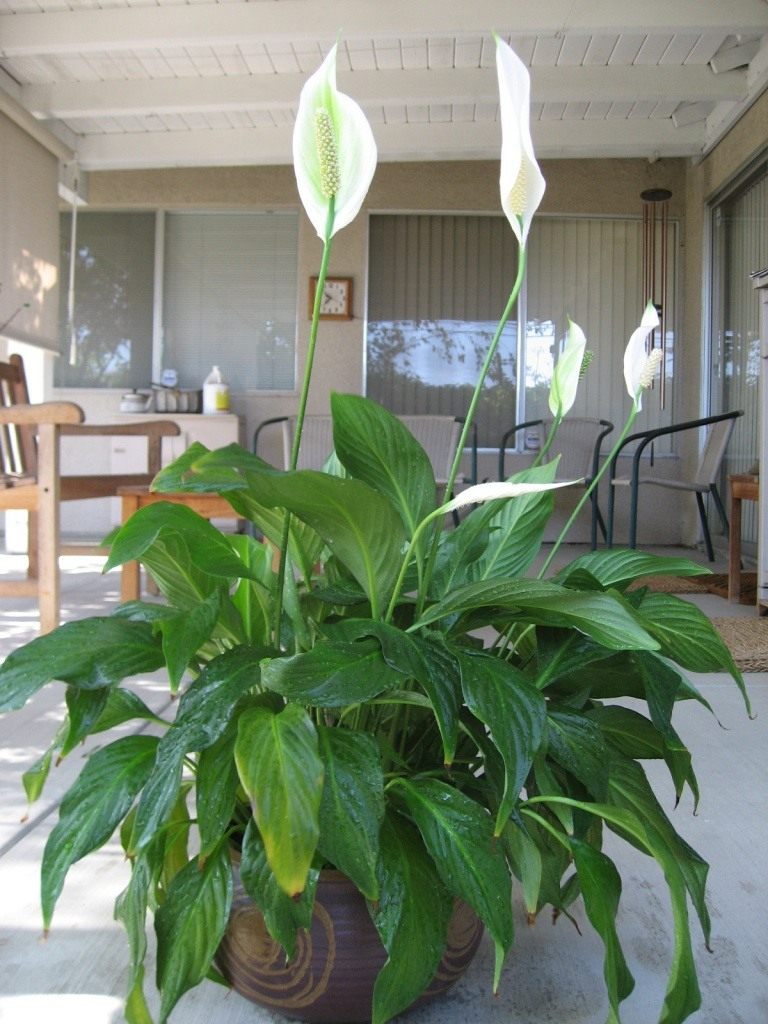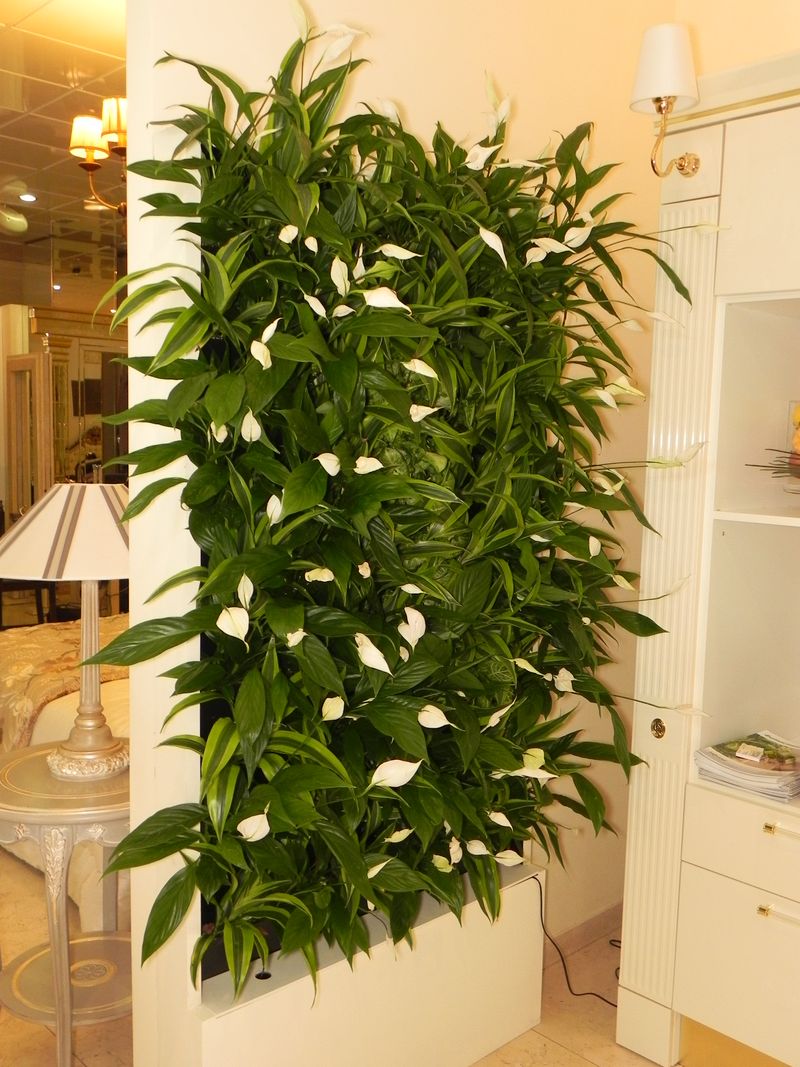Spathiphyllum: “white sail” in your apartment (20 photos)
Content
This magnificent houseplant is shrouded in mysticism: it is believed that it helps to find female happiness. In appearance, the plant resembles a sailboat in the ocean. It is worth getting to know him better, learning how to care for spathiphyllum at home.
Botany
Spathiphyllum grows in the tropics on both sides of the equator. This is a perennial plant that reaches a height of one third to one meter. It does not have a stem, and large ellipsoid or lanceolate leaves, equipped with long petioles, grow directly from the ground. The spathiphyllum flower is a veil of white, cream, and after flowering green and an ear of various shades up to red.
The plant loves moisture, warmth, shadow, as in the native jungle.
Types of spathiphyllum
In the world there are up to 50 different species of this plant, but we will consider the most popular varieties.
Spathiphyllum Wallis
Favorite material of breeders, who created dozens of new species on its basis. It has up to 40 cm in height, a white cob, dark green lanceolate leaves.
Adorable or Flagolist
Larger than Wallis. Dark green, elongated, with a sharply elongated tip leaves of this species resemble a lancet. The greenish-white coverlet looks like a flag (hence one of the names). Indoor plants grow slowly.
Cannulate
An interesting view with large bright green leaves, similar to the leaves of many beloved canna flower. It is recognized by a white-green veil, a yellowish-green cob and a strong smell.
Dominoes
Variegated, dense, sometimes even corrugated spathiphyllum leaves of this species a little over half a meter high are its main difference.
Caiti
Also beautiful - the green color of the leaves is complemented by yellow stains. Solid height - up to 70 cm.
Sensation
Huge Dutch hybrid: height up to one and a half meters, ribbed leaves 90x40 cm. Inflorescence of usual white color, but also super-large half of the leaf. Shade-tolerant, suitable for offices.
Picasso
Brightly colored hybrid with white stripes on a dark green background. Sometimes the leaves are pure white.
Chopin
An elegant hybrid that has won worldwide fame. Low, characterized by rich green rounded leaves with dented veins. Instances are good for both rooms and small office spaces.
Care Rules
In order for the plant to bloom and not hurt regularly in city conditions, flower growers are advised to observe a number of rules and pay attention to the conditions in which spattiphyllum is located.
Illumination
For the spathiphyllum plant, conditions are needed, as in the homeland: direct sunlight and a strong shadow are harmful. Ideal - diffused light or partial shade. Therefore, it is better to put it near the windows with access to the north. If they go south, you need to shade a flower.
With a lack of lighting, the succulent green leaves will darken, elongate, and flowering will be rare or disappear.
Temperature
There are no drafts or cold in the jungle. Spathiphyllum also does not tolerate them. For this heat-loving plant in spring or summer, the optimum are 22-23 ° C, and in general from 18 ° C to 27 ° C.In autumn and winter, it is not lower than 16 ° C, otherwise spathiphyllum will stop flowering or even cease to develop. The critical heat threshold is 10 ° C: at a lower rate, the flowers rot and die.
Watering and humidity
It is not worth worrying about how to water spathiphyllum properly - the procedure is simple. All species love high humidity, grow faster with daily spraying. If the air in the room is dry, it is carried out twice a day, while only leaves and in no case a flower should receive water.
Flowers in the warm season require abundant watering, in winter - moderate. You need to know how to do it right: water only when the topsoil is already dry, but not yet dry. Lack of moisture makes leaves drooping, from excess - dark spots appear on them. For all water manipulations, settled or filtered water is used.
Feeding
In April-September, when there is an active vegetation, spathiphyllum at home is fed twice a month with an ordinary mineral fertilizer or complex for flowering plants. Fertilizer for spathiphyllum should not contain lime.
Before and after feeding, the flower is well watered. A plant blooming in winter is fed similarly, after about a month. It is important to apply dressing sparingly: an excess of "food" spathiphyllum will signal brown spots on the leaves.
Transplantation
It is carried out in the spring, when the plant does not bloom. The pot should exceed the previous one in diameter by only a couple of centimeters. Before transplanting spathiphyllum and pulling the plant out of the pot, it is necessary to moisten the soil well and carefully extract it after forty-fifty minutes.
Inspect the flower. If “children” appeared, they need to be removed, then the main plant will be tall with large beautiful leaves. If necessary, the processes are transplanted separately.
The soil needs slightly acidic, loose, so that excess moisture is removed in time. A mixture of equally taken components is suitable: land mixed with leaves, river sand, humus, peat. As an option - a purchased mixture for this species plus crushed coal.
The bottom layer is laid drainage up to two centimeters (small pebbles, expanded clay), then the same amount of land. Around the middle we set the plant. We fall asleep the substrate, tamp a little, water abundantly.
Breeding
Spathiphyllum multiplies the easiest in the spring when transplanted. You can propagate by cuttings or by separation of the rhizome. The root is carefully divided and distributed in separate pots. Drainage, soil, "greenhouse" - as when transplanting at a temperature of 20-21 ° C. Cuttings are rooted in the sand (in the same "greenhouse"). With the advent of roots, they are transplanted into a substrate: two parts of the earth with the addition of leaves and peat, one part of the earth mixed with turf, and sand.
If the houseplant spathiphyllum is planned to be small, a fragment of the rhizome with two to three leaves and one growth point should remain on the handle. Are landed in a mixture of humus, leafy soil, peat and sand taken equally. Brick crumb, tree bark and some coal will not interfere. Other options are suitable, as when transplanting. Spathiphyllum red is also grown from seeds.
Cause for concern
For a spathiphyllum flower, home care should be constant, otherwise the plant loses an attractive healthy appearance, dries. Consider the common options:
- shriveled, twisted, with brown edges - the soil is dry, too dry or too cold;
- wilting - excess moisture;
- the edges are yellowed - there is little light or inappropriate water for irrigation;
- dry brown tips - low humidity in the room, lack or excess of fertilizing;
- variegated leaves lost their pattern - not enough light;
- no flowering - a very spacious pot.
So, to the question that worries gardeners how to make spathiphyllum bloom, the answer is brief: heat and humidity, daily spraying, plenty of light (but not direct sun), a suitable pot.
Pests, diseases, problems
The worst enemies of a delicate flower are a mealybug, spider mite, aphid. What if they appeared on a plant?
Aphid
It settles mainly on recently appeared leaves, which curl and fall off from this. To destroy it, the plant is treated with an actellik or sprayed with a soap-alcohol solution.
Mealybug
These small insects, similar to pieces of cotton wool, usually breed between leaves. You can erase them with an alcohol solution, in more serious cases, apply Actellik or Celtan.
Mite
Propagated in dry and hot conditions. It is necessary to remove leaves with yellowish-brown spots, and treat the plant with an actellic or other insecticide. But what to do is to adjust the humidity level and temperature in the room.
Optifillum - a home orderly
Where there is a spathiphyllum home, it is easier to breathe. This feeling is due to several reasons:
- he takes formaldehyde (which is released by furniture), other harmful volatile substances from the air;
- moisturizes the air;
- secretes volatile, actively "eating" the colonies of microorganisms, including mold.
But caution is required if there are allergies in the house.
Magic
It is believed that the plant helps all women, and therefore is called "female happiness":
- married - to keep the family hearth, consent and husband from hiking "to the left";
- free - find the man of your dreams;
- dreaming of a baby - to become pregnant, bear a fetus and give birth successfully.
Therefore, it is presented as a gift: it will be appreciated.
Spathiphyllum is a plant that is magnificent in beauty and useful in properties. It does not require special care, but adds aesthetic pleasure and health to the owners.
